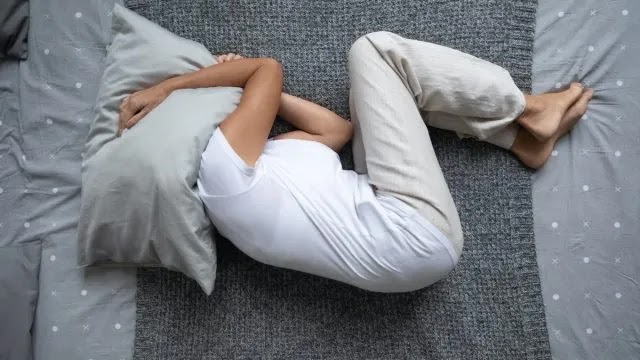It's good to sleep hygiene to
sleep on your side. Sleeping on the right side is better for sleep hygiene.
If you obsess about sleep, you
already know that you should use good and bad positions in bed. The worst sleep
position of all? It's when you sleep on your stomach (without a pillow
underneath your midsection for support). "Because it flattens the natural curve
of your spine, this position puts the most pressure on your spine's muscles and
joints," says Raymond J. Hah, MD, a spine surgeon at USC. "Sleeping
on your stomach forces your neck to turn, which can cause neck and upper back
pain."
Many leading health experts will
tell you that sleeping on your side is the best option when it comes to
sleeping positions. (I'll go into more detail about this later.) However, if
you're a dedicated side sleeper—and good for you if you are—science has shown
that sleeping on one side of your body is bad for health for several reasons.
Curious to know more? Read on to find out everything you need to know.
1. Why It's Good to Sleep on
Your Side
While many experts will tell you
that sleeping on your back is the best option, sleeping on your side has its
own set of advantages. For starters, side-sleeping will reduce your snoring,
which is—obviously—a significant part of sleep apnea. According to the Sleep Foundation, sleep apnea is known to put you at risk of weight gain and obesity,
as well as hormone disorders. According to a study published in Frontiers in Psychiatry, sleep apnea is linked to anxiety, cognitive impairment, and even
depression.
Back, neck, and hip pain can all
be eased by sleeping on your side. As recently reported, you simply need to
place a pillow between your legs while sleeping. "Side sleepers frequently
hitch their upper leg forward during the night, causing their hips and back to
twist," Greatist observes. "By placing a pillow between your legs,
you can keep your upper leg from moving forward and relieve stress on your
hips, back, and legs."
The pillow will help relieve
back and hip pain, neck pain, sciatica, a herniated disc, and pregnancy-related
pains by keeping your hips, pelvis, and spine aligned throughout the night.
Furthermore, according to W.
Christopher Winter, MD, a sleep expert and medical director of the Martha
Jefferson Hospital Sleep Medicine Center in Virginia, side-sleeping may be
beneficial to your brain. He points out that scientific evidence suggests that
sleeping on your side is linked to a healthier glymphatic system, protecting
your brain from Alzheimer's disease.
That being said, you should
consider which side you want to sleep on…
2. Sleeping on Your Right Side
Is Worse
Fact: Your body isn't perfectly symmetrical on the
inside. As Winter explains to CNN, your blood flows throughout your body and
eventually returns to your heart on the right side. "The pressure of your
body smashes up against the blood vessels that return to your ticker" when
you sleep on your right side, he says. "Sleeping on your left side with
your right side not squished is supposed to increase blood flow back to your
heart potentially," he said about left-side sleeping.
3. That's Not All…
If you have heartburn or acid
reflux, sleeping on your right side is not suggested. According to a study
published in The Journal of Clinical Gastroenterology, people with heartburn
found that sleeping on their right side aggravated their symptoms.
4. Why You Should Sleep in Your
Left Side
It's simply a fact that sleeping on your left side reduces the pains of living with heartburn and acid reflux, according to several studies. There are, however, additional advantages. Sleeping on your left side is also better for your bowel movements, according to Healthline, because "gravity can help take waste on a trip through the ascending colon." Not only will sleeping on your left side benefit your brain, heart, body pains, and heartburn, but it will also help you digest your food. Remember to place a pillow between your knees!





